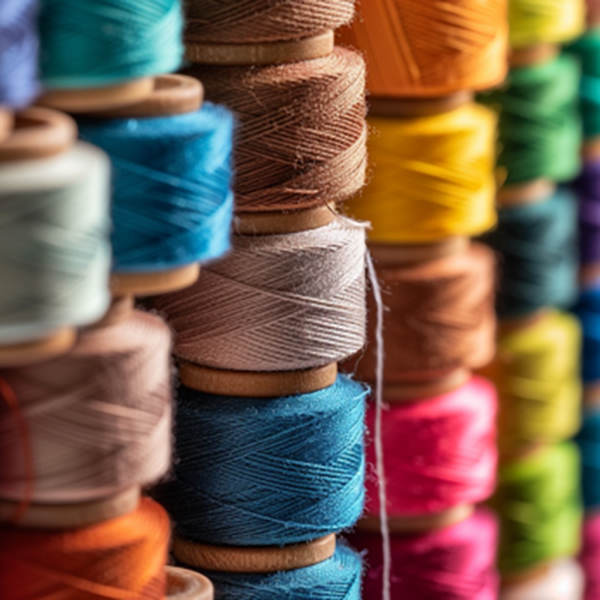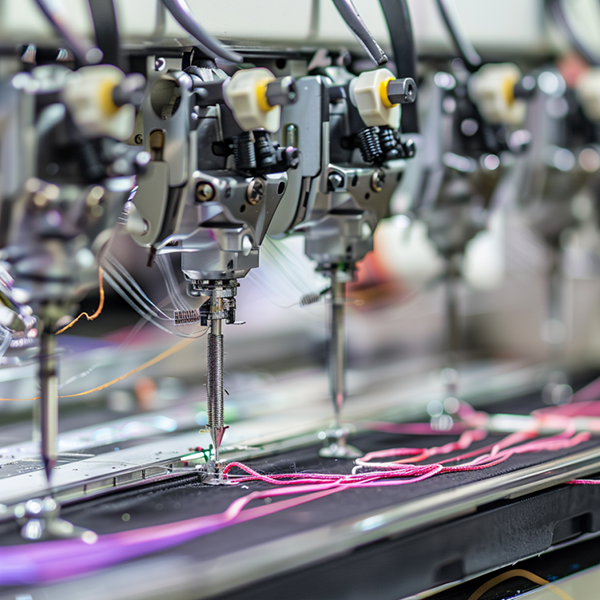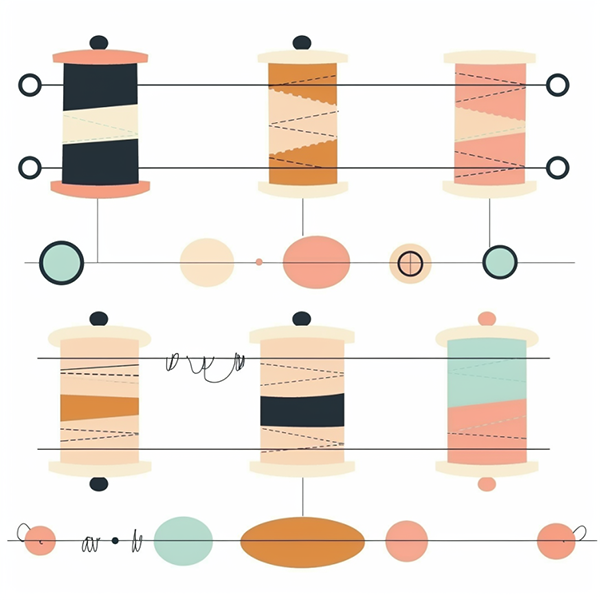Why Thread Quality Counts
Thread quality is critical in sewing and manufacturing Strength and Durability: High-grade thread produces seams that resist wear, washing, and everyday usage, thus prolonging garment lifespan and avoiding seam failures. Better Stitch Appearance: High quality thread ensures consistently neat stitches without skipped or bunching stitches for an aesthetically pleasing result and professional, clean finish. Reduced Machine Wear: Superior thread helps minimize friction and lint build-up inside sewing machines, which reduces mechanical wear as well as repairs due to thread breaks. Quality threads boast uniform thickness, smooth surfaces and appropriate elasticity that allows them to move through needles and fabric easily without creating tension issues. They should pass easily through needles without snags or tension issues occurring. Material Compatibility: Different threads such as polyester, cotton and nylon provide optimal strength, stretchability and appearance for various projects.
Enhanced Consistency and Quality
Multi-needle sewing machines achieve precise stitch placement and seam quality through synchronized multiple needles, improving consistency and quality, and enhancing product appearance and durability. These machines eliminate the inherent variability of manual or single-needle sewing by maintaining consistent stitch length, tension, and alignment. This eliminates problems such as wrinkling, misalignment, thread breakage, puckering, and thread breakage, resulting in cleaner, stronger seams. This consistency also enhances structural integrity and extends the life of sewn items. Computer-controlled multi-needle sewing machines further enhance quality by automating stitch patterns and thread changes, minimizing human error. This is crucial for the large-scale production of garments, interiors, or technical textiles, where exact reproduction is crucial. Multi-needle sewing machines combine precision sewing with high efficiency, making them ideal for complex or high-volume projects. Their reliable sewing technology delivers high-quality results, enhancing product value while streamlining production processes and providing advantages to businesses through superior craftsmanship and faster production cycles.






 Hot News
Hot News